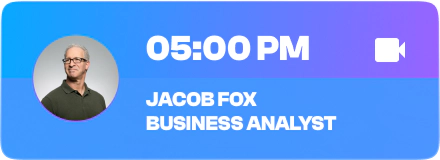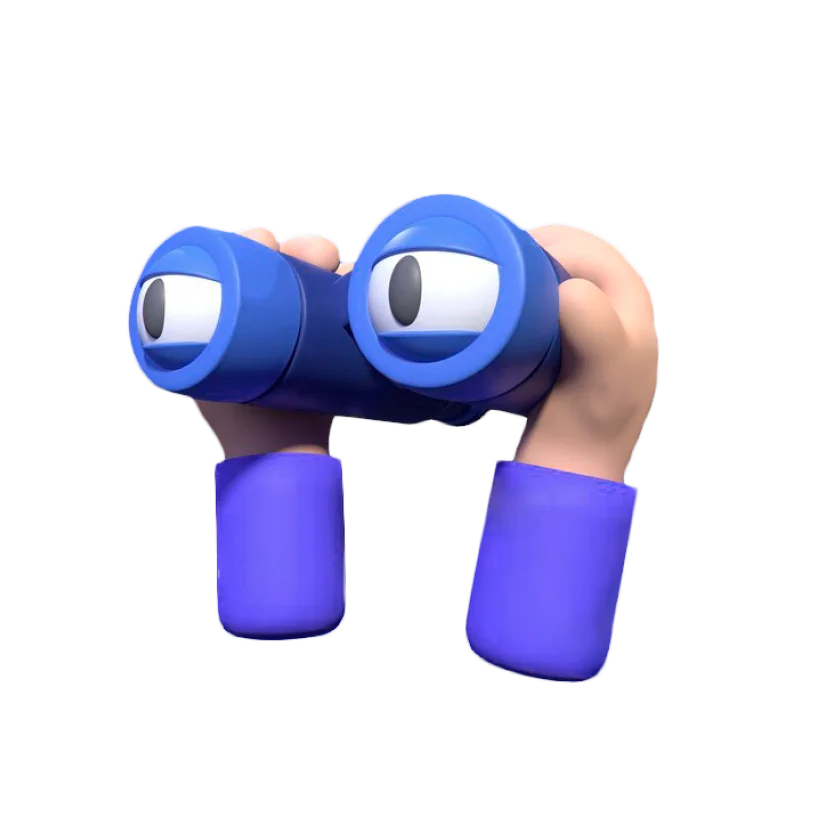You’re entering the office on Monday morning, say hello to your colleagues, turn on your computer, and see a very interesting email. You’ve been working with an outbound B2B email marketing firm for a few weeks and they’ve landed a list of contacts with calls already scheduled for you. What now? In this article, we’ll discuss some of the most fundamental steps you’ll be taking from the first call to closing a contract. This article is designed for B2B but may provide useful insights for B2B and B2C-oriented readers as well.
The Call
Before your call, you need to establish specific information in anticipation of questions you either think or know will be coming from the lead. If this isn’t your first round of sales in your industry, then you’ll know the most commonly asked questions by heart; however, for those who aren’t seasoned sales veterans, it can take some time, along with trial and error, to establish a concrete and thorough list.
Once you’ve come to understand the most common questions, make sure that you are very familiar with the answers. There will be questions that aren’t common, and you may need to admit that you need to ask about them, but be absolutely sure that you do. Reliability and transparency are extremely important to consumer trust; and without consumer trust, the likelihood of closing a deal will be extremely low.
During the call, you’ll also need to understand the flexibility you’re able to provide in terms of negotiations. While the first call is more product orientation than sales, some representatives may want to cut to the cheese right off the bat. You should understand the flexibility of rates, additional services, your potential up-sales (and when/when not to attempt to apply them), as well as how much your product can be adapted to serve the lead’s business pains.
After you’ve discussed the product and received their interest, it’s time to schedule a follow-up meeting so that you have the time needed to prepare customized prices, presentations, and other proposal materials that are essential to closing the deal. Be sure that you clearly understand the lead’s business pains prior to creating or modifying documents, so that you can prepare the best potential solutions that are tailored just for them. Everyone needs to feel heard, even businesses; and it doesn’t hurt to have a pain point to press if the lead starts going cold.
After your initial call, you should spend some time to be sure that your notes are thorough, clear, organized, and concise. If you maintain a standard format within your notes, it becomes a lot easier to navigate each lead’s information for specific details that you might need in an instant, on a call, or during a long sip of water.
The Follow Up
After spending the time understanding and brainstorming how to best suit your lead’s business pains, budget, and other needs, it’s important to be sure that you’re absolutely prepared before the follow-up meeting or call. One of the first things you need to adjust and refine is your proposal as a presentation. While it doesn’t need to be perfect, making sure that it’s clear and concise are the most important details that you need to focus on.
A lead needs to feel they can trust you, but you may also need to omit some trade secrets about your processes. For example, it’s not in the best interest of Facebook to make their algorithms open source, as without their proprietary assets they lose their competitive edge. What you do need to highlight is what your service is and how exactly it helps the lead, this gives them insight into what they’re paying for, and what to expect. Giving them options increases your chances of finding a middle-ground; however, these additional options can also be served as individual services in addition to your primary one(s).
Ensuring that everything is concise but understandable with or without you, allows the lead’s representatives to take the presentation to department heads if they weren’t present in the meeting. This also gives you a higher chance of success, as often larger businesses are top-heavy and sometimes extremely cumbersome bureaucratic beasts. If your presentation can be read, each service understood, and the price justifiable, then every executive and department head is able to sign off on further cooperation without excessive meetings and delays.
The inclusion of quantifiable results is also extremely important. While you may know exactly what your service(s) can provide and achieve, you also need to be sure that the metrics you’re proposing are realistic. If you do not meet the KPI metrics that you yourself created, you could be in hot water in the next quarter or fiscal year. Would you keep a service around that isn’t achieving the results it claimed it could? Every business needs to look out for its bottom line and unit economy to survive, don’t take it personally.
Your prices should be reasonable given the budget the lead has available. While you may not know their exact budget or did not previously talk about finances, looking at public financial reports can give you an idea of whether or not full-price is a good idea. Some businesses spend or invest their entire budget, others retain a savings account or real estate; regardless of what it is that they do with their remaining budget at the end of the fiscal year, you need to be sure that you can squeeze yourself into it without causing them to grimace. If you have a lot of trouble with getting leads to close on price proposals, do more market research to see what businesses or individuals are willing to pay for a product or service like yours. Try contacting some people via LinkedIn who match your Ideal Customer Profile or Buyer Persona and see what they have to say.
With your preparations completed, it’s time to pitch or email your proposal and wait for their response. Whether they’ve emphatically or hesitantly replied with a yes, it’s time for the contract.
The Contract
A contract agreement may take several rounds of negotiations, especially with top-heavy organizations. Try to remain patient, but don’t let them walk on you. Making too many concessions in this phase may hurt your overall ability to maintain them as a client, as they may see you as if you were in a position of desperation. You’re looking to provide a service or product with rules, terms, and boundaries; letting yourself become a client’s lapdog always ends extremely poorly for the service provider. This may limit your ability to take care of other clients or take too much time away from other business processes and opportunities. As a result of this concern, always remember to include a way for both parties to cancel the contract.
That being said, making concessions isn’t always a bad thing, it can prove to be extremely fruitful. You simply need to know how to judge each situation from an unbiased position and ensure that it’s fair for both parties. Every additional step involved in a process that you didn’t previously consider takes time away from individuals in different positions or may require new employees to oversee them. Making sure that you bear this in mind; that you know your service and/or product inside and out; how far your company can deviate from its initial offer; and how much additional work can be disbursed without causing burnout will put you in a strong and flexible position for the negotiations phase.




